“One apricot, Please.”
“One kilo?” says the vendor, sizing up a sizeable tourist.
“One apricot. Please.”
He rumbles a couple from the top of a punnet and finds a ripe apricot, understanding that it is going to be eaten immediately. I feel I need to be doing something while stumbling through the Grote Market in Mechelen. I have happened upon their Saturday farmer’s market on the way to a lunch reservation, and while it is a delight to wander around, the apricot and its enjoyment lend me a pretext to amble slowly. As an observer, I am infrequently content merely to sit and watch and as props go, the apricot is all you could ask; no one will begrudge you the languorous moment of its early August perfection, sweetly tart juice and grainy flesh. Vendors sell produce and pickled fish; witloof and rollmops. People eat mussels in the middle of the square in the shadow of St. Rumbold’s tower as they have done since there was a square.
While I spent a lot of time researching beer and food culture before going to Belgium, the carillon at St. Rumbold’s tower knocks me sideways. St. James in Toronto can barely manage registering downward scales for a wedding. Rumbold’s carillon manages a tune that I cannot recognize upon hearing it. It will haunt me for weeks until I track down that it is Chopin’s Nocturne Op.9 No. 2. The carillon is managing sixteenth notes and even at an andante, that shouldn’t be possible.
Picture yourself a figure in a Brueghel landscape. You can have your pick of Elder or Younger. You’ve spent your summer in a rustic setting tending the crops and toiling in the fields. You might infrequently get to the next town over and when you do you’re faced with this tower and its bells. Music you don’t whistle to yourself in the field. This is rarified, formalized, a voice from on high and separate from whatever tune propels you down the rows of grain during the week, sickle in hand. It’s the defining moment of your cultural life and it is overwhelming by its magnitude.
With juice running down my chin and the pit flung under a convenient bush, I’m off to Het Anker.
Due to a mix up with the train schedules and the fact that the signs keep flipping between Dutch and French, I have missed my scheduled tour of the Het Anker brewery, but the market has made up for that. I have seen more breweries than most people and besides I am here because of their brasserie. If you’ve been following along over the summer, I’ve done frites, so I’m in Belgium looking for more sophistication than that and Het Anker promises it. I’m especially interested in the fact that their brewery tap serves pork that is raised on their spent grain. The idea of sustainability is attractive and the idea that the menu comes paired with their beers takes some of the weight off my shoulders.
While I’m deciding what to order, I make my way through small glasses of the majority of their menu. The ULTRA fits somewhere into the Patersbier range and is quite simple with a light dry character, full of clove and allspice on the nose, those familiar phenolics that make up a significant component in the majority of Belgian Ales. The Gouden Carolus Classic is raisin, quince, and dried fruit leaning toward cherry syrup. The depth of flavour lingers through a rich texture until the drying finish.
I have decided on the hop marinated gravlax. It is paired with a Blonde beer called Maneblusser, a nickname for people from Mechelen which translates literally as “moon extinguishers.” Compared to the majority of the brewery lineup, it leans towards modernity and the internet tells me that it is probably a Pale Ale and most popular locally. The citrus in the beer acts as a baseline for the dish with the various components as delicate accented high points above it. The mild peppery heat of the radish, the acid and sweetness of the pickled red onion and the salt and smoke of the salmon. The carbonation cuts the mayonnaise. Can I pick out which hops are used to marinate it? No, but I love the idea and I’m certain that it provides some nuance.
I make my way through the Tripel, Ambrio, Hopsinjoor, Lucifer, and Boscoli as a flight of five while waiting for the entree. I’m pleased to note that the Ambrio will be in the Fall seasonal release at the LCBO. It must have made an impression because my tasting notes somehow switch automatically at this point into grade school french, “c’est vraiment perfume comme des petites fleurs du printemps,” noting that the caramel is broken in the mid palate by bitterness. It pairs with Pork Loin from Wolkenhoeve farm, with beer sauce and seasonal vegetables. Is it harmonious? Who can say. There is more butter in the sauce than I would get through in a week at home. The peppery, floral Hopsinjoor cuts through slightly better than the Ambrio, but that bitterness is welcome in contrast to such richness.
As I’m sitting, making notes, and asking the server questions about the beers, tour groups come rolling through. It is lunchtime on Saturday and I am taking up an entire four top to myself so there is the odd look of reproach from the tourists, Germans who understand intrinsically that I am not the best use of that space. The difference, I suspect, is that this is a stop on a package tour for them and I am interested in trying everything. The groups vary in age and in enthusiasm. Some are cyclists and some are bussed in, but all of them have come for Belgian beer even if some of them do not appear to grasp quite why.
Taking the extraordinary step of ordering a digestif at lunchtime, the comparatively new Gouden Carolus Single Malt, I am ready to head back to the train. Whether it’s the stress and loneliness of travel or simply sensory overload, when I round the corner by the bell tower and come upon a newly empty Grote Markt, bereft of vendors, I find myself weeping and find a quiet place to sit in the churchyard until it passes. The bells chime the quarter hour and I begin to make my way back to the train station along the shopping plazas of the high street. Instead of returning to Brussels, I will spend most of the afternoon comparing Golden Ales at Brasserie Botanique next to the canal.
This, it must be said, is as close to an ideal afternoon of Belgian beer as you could have. It is a necessary contrast for things I want to talk about in my next post.
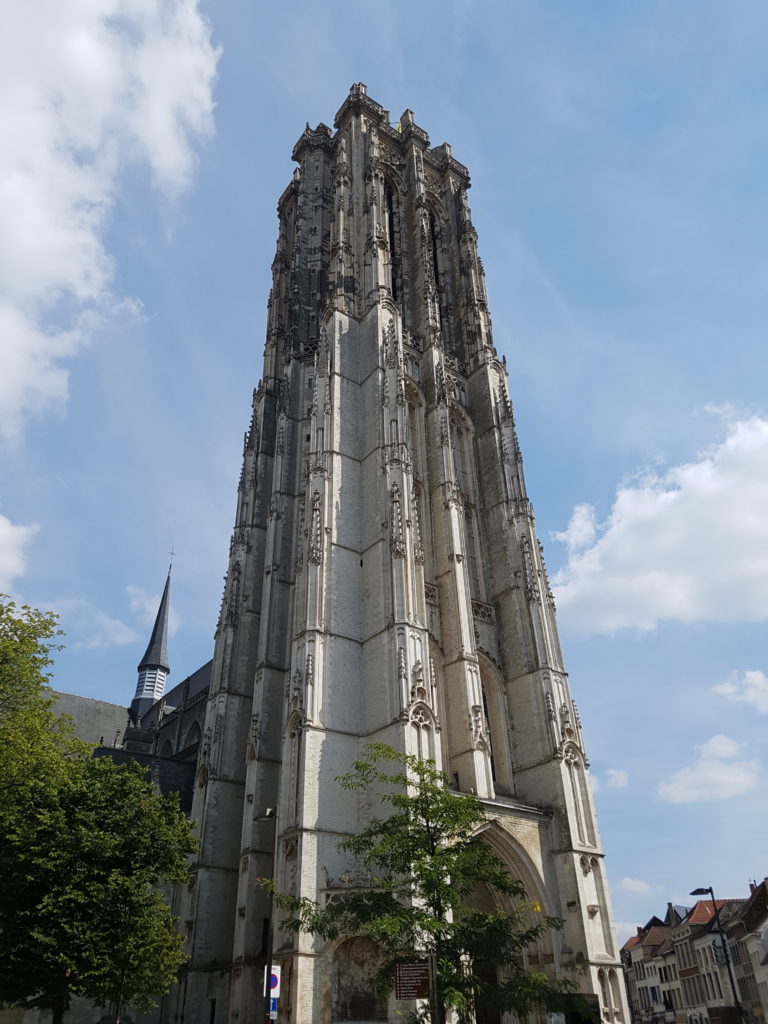
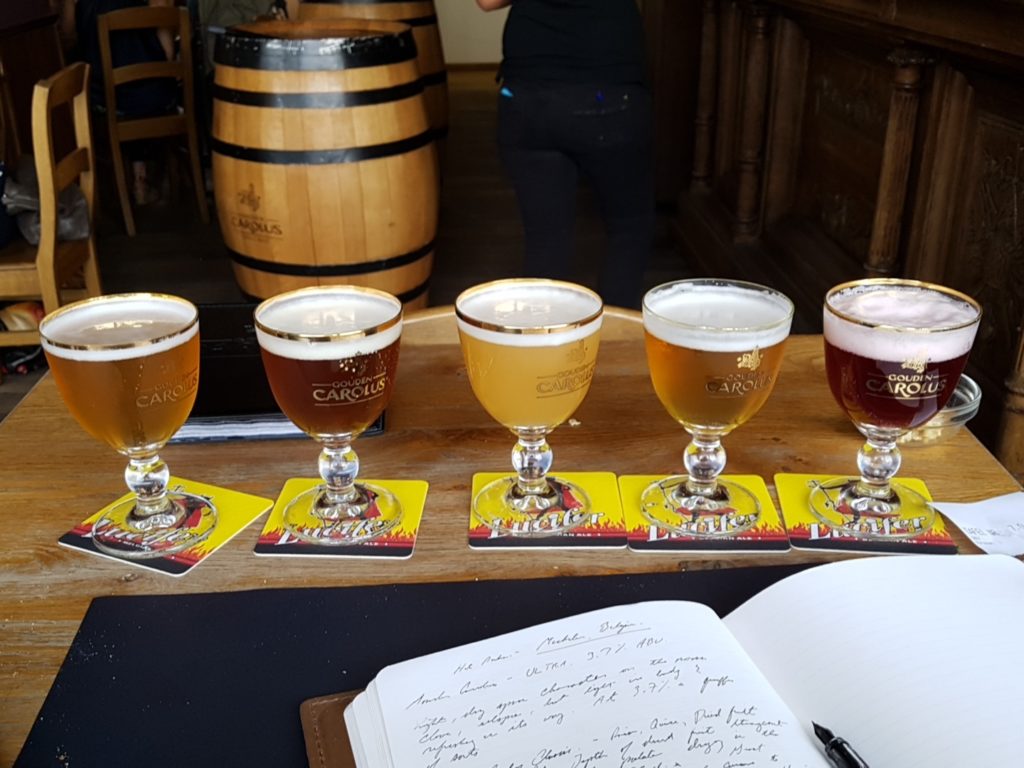
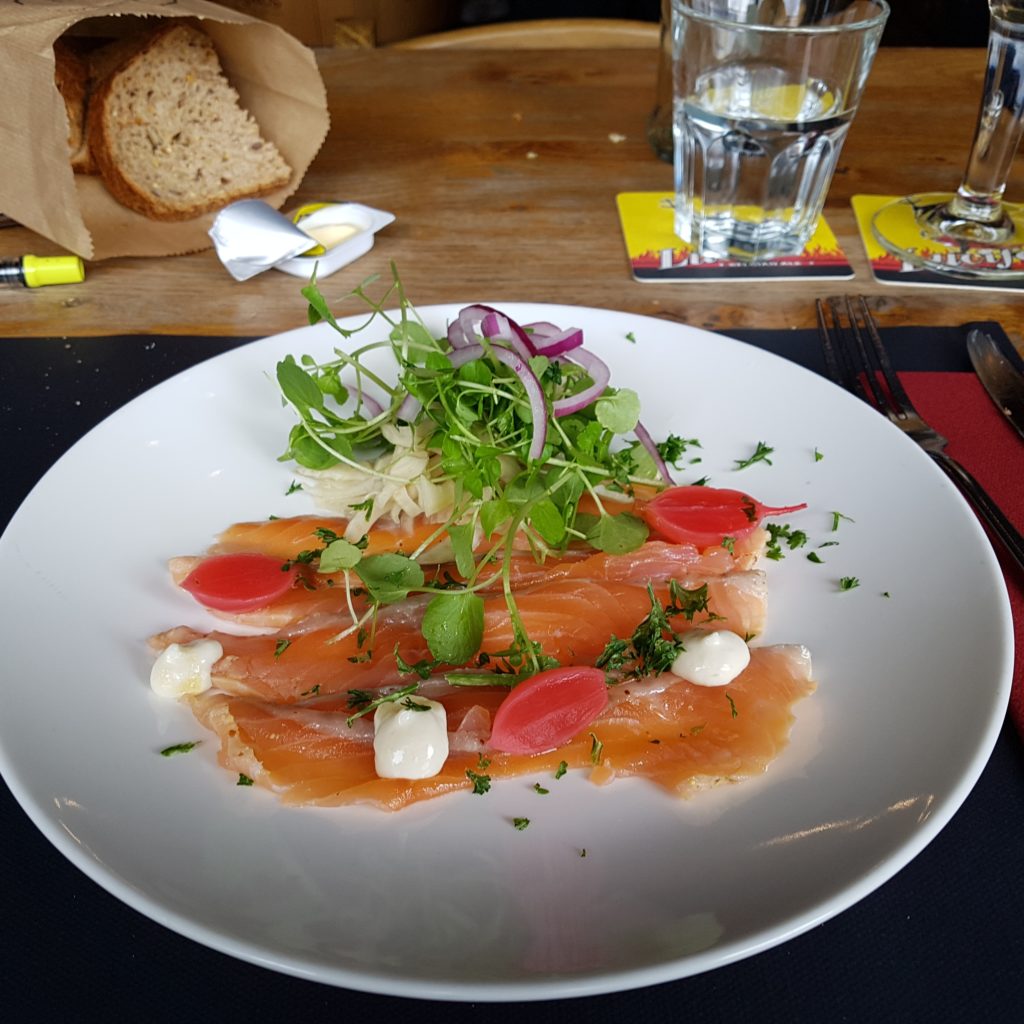
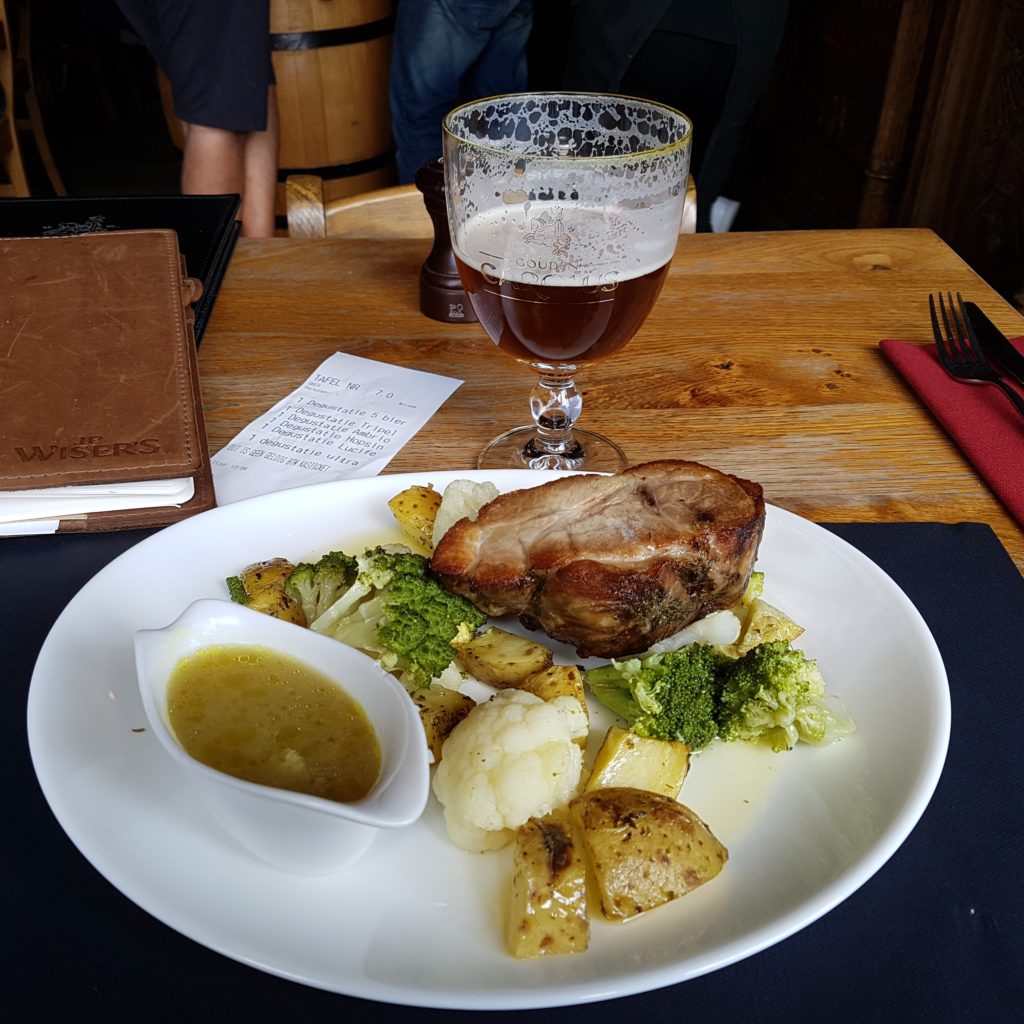
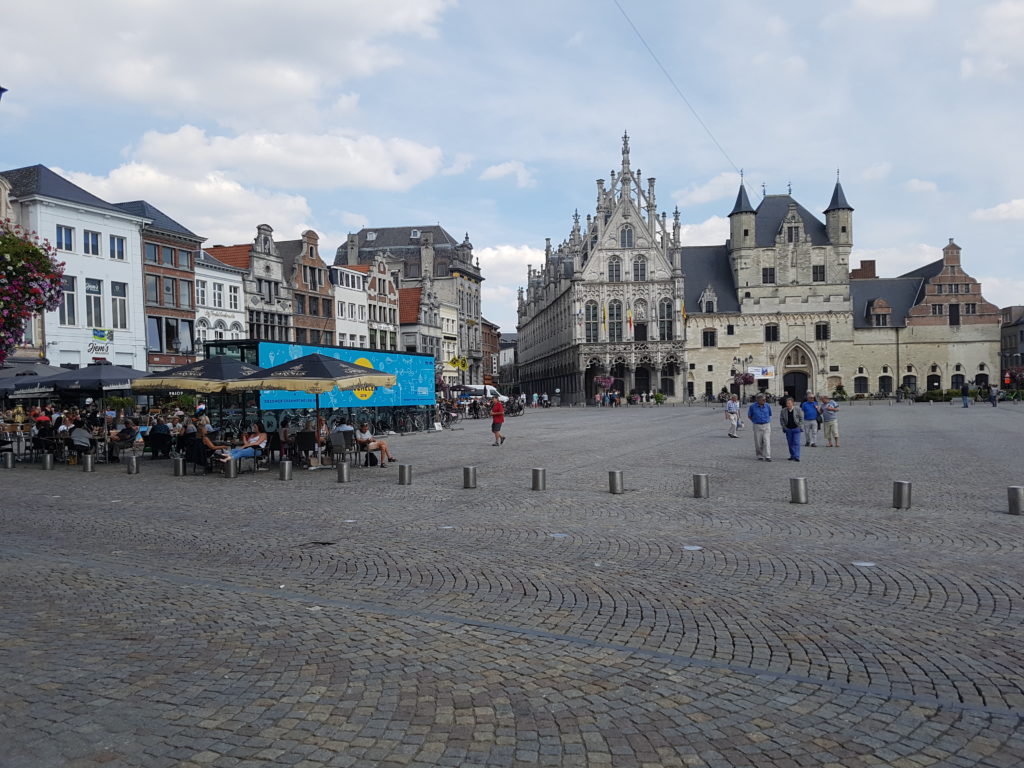
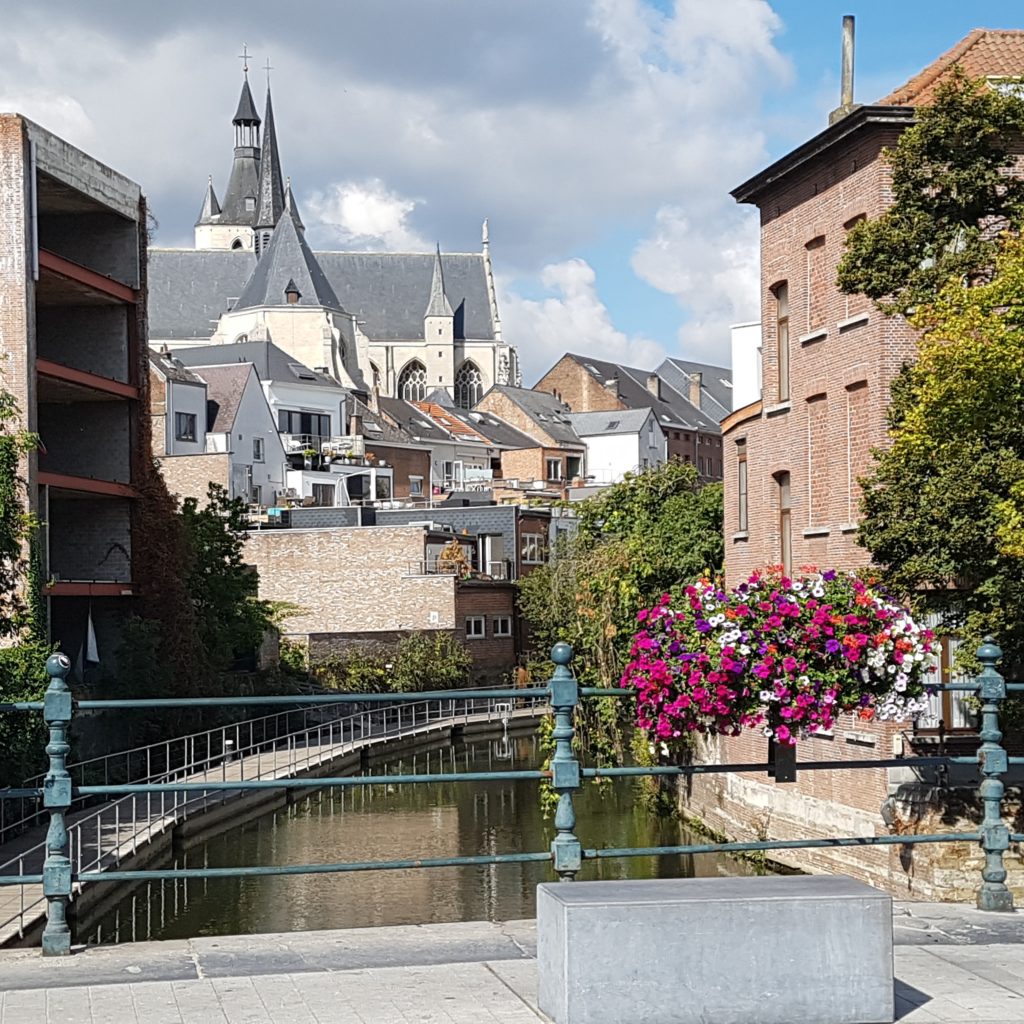
thank you for the inspiration!
There is a remarkable bottleshop to visit in Mechelen, it’s called QualiDrinks, just a km from the station. The proprietor, Kevin Goos fights against the uniformity of local beer tastes by offering many remarkable beers there. Last time I was there he displayed more that a dozen of different Black Damnation editions by De Struisse. Also he organizes Mechelen Beer Festival once a year, the most recent was Sep.21-23.The breweries’ lineup is not very exciting to a beer geek but by Mechelen standad it’s mindblowing.